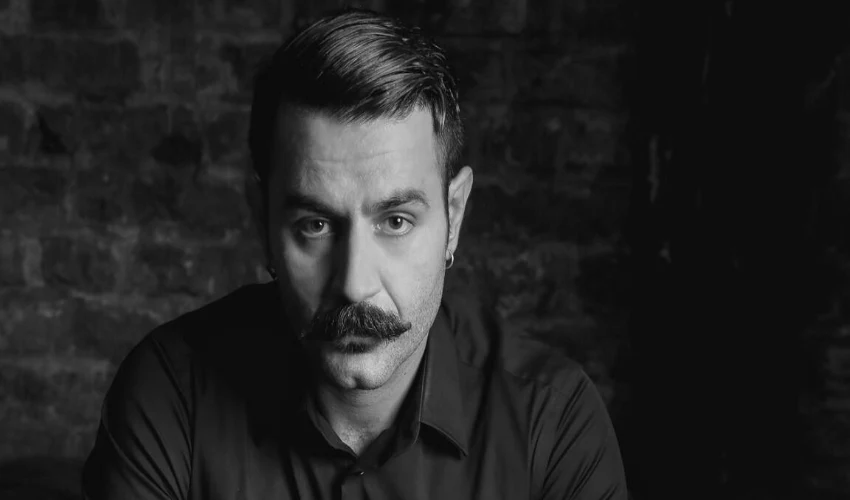Shahin Najafi is a revolutionary figure in contemporary Persian music, known for his bold lyrics that challenge political, religious, and social norms. Analyzing his songs can be both enriching and complex due to their poetic depth, symbolism, and cultural context. Whether you’re a fan, a critic, or a student of music and literature, learning how to interpret his lyrics can give you a deeper understanding of his artistic message and its impact. In this guide, we’ll explore effective strategies to analyze Shahin Najafi’s songs from both literary and socio-political perspectives.
- Understand the Cultural and Political Background
To begin analyzing آهنگ های شاهین نجفی lyrics, you must first understand the socio-political climate of Iran and the broader Middle East. Najafi often references real-world issues such as government censorship, religious dogma, poverty, addiction, and youth disenchantment. His songs are a response to decades of social unrest, political oppression, and cultural tension in Iranian society.
For example, his controversial track “Naghi” sparked outrage due to its direct criticism of religious figures. To analyze such a song effectively, consider researching the historical and political context in which it was released. This background knowledge provides insight into why certain metaphors or names are provocative or powerful.
- Break Down the Lyrics Line by Line
Start your analysis by breaking the song down into lines or verses. Translate the lyrics if you’re not a native Persian speaker—however, be cautious, as many of Najafi’s word choices carry connotations that may not be obvious in direct translation.
Once you have the lyrics in front of you, begin analyzing each line. Ask yourself:
- What is the literal meaning of this line?
- Are there any metaphors or symbols?
- Is this line referencing a historical event, poem, or religious text?
- How does this line contribute to the overall message of the song?
For instance, in his song “Ma mard nistim” (“We Are Not Men”), Najafi critiques traditional masculinity and the expectations placed on men. Through irony and metaphor, he deconstructs gender roles, and the analysis becomes more profound when each line is considered in context.
- Identify Symbolism and Metaphors
Najafi’s lyrics are rich in metaphor and symbolism. He frequently uses religious, mythological, and literary references to communicate deeper meanings. For example, he might refer to a prophet or an ancient Persian myth to criticize modern politics or social injustice.
Look for recurring symbols like blood, fire, chains, or angels. These often represent violence, resistance, oppression, or hope. Understanding Persian poetry and classical literature can be especially helpful here, as Najafi often draws from this heritage to enrich his messages.
- Explore Themes and Motifs
Recurring themes in Najafi’s songs include:
- Freedom and oppression
- Exile and identity
- Criticism of organized religion
- Rebellion and revolution
- Social hypocrisy
- Existential despair
Identify which of these themes appear in the song you’re analyzing. Consider how they evolve through the song’s structure and how they relate to current events. Does the song follow a narrative arc? Is there a shift in tone or mood?
- Analyze Tone and Emotion
Tone plays a critical role in how Najafi’s lyrics are perceived. Is the song angry, sarcastic, melancholic, hopeful, or rebellious? Pay attention to the choice of words, rhythm, and delivery. His vocal performance often adds emotional weight that reinforces the lyrics.
Songs like “Ay Leili” are filled with sorrow and longing, while others like “Shariati” adopt a defiant, questioning tone. Understanding the emotional layer of the lyrics helps grasp the full intent behind the song.
- Consider the Audience Reaction
Another way to analyze Najafi’s lyrics is to study how different audiences respond to them. Some songs have sparked controversy, protests, or even threats. This response can reveal how powerful the lyrics are and how deeply they resonate—or challenge—existing beliefs and systems.
Analyzing comments, articles, or reviews of the song can provide a broader perspective on its cultural and political significance.
- Compare with Other Artists or Works
Compare دانلود آهنگ های شاهین نجفی lyrics to other Persian poets, musicians, or political artists. For instance, you might draw parallels between his lyrical style and that of classical Persian poets like Hafez or modern revolutionary poets like Ahmad Shamlou.
Also, consider how his lyrics align with or diverge from the global protest music tradition. This comparative approach can help you better appreciate his unique voice and influence.
- Use Literary and Musical Criticism Tools
Finally, don’t shy away from using academic tools like literary theory, post-colonial criticism, or psychoanalytic theory to analyze his lyrics. These frameworks can offer deeper layers of meaning and open up new interpretations.
Additionally, pay attention to how the lyrics interact with the music—does the instrumentation enhance the message, or does it create tension? Najafi often uses rock, rap, and traditional Iranian sounds in unconventional ways to amplify his lyrical impact.
Conclusion
Shahin Najafi’s songs are more than just music—they are layered poetic compositions that challenge the status quo. Analyzing his lyrics requires attention to language, history, politics, and emotion. By applying literary analysis, cultural research, and personal interpretation, you can uncover the powerful messages embedded in his work. Whether you’re analyzing for academic, artistic, or personal reasons, his lyrics offer a rich field for exploration.
